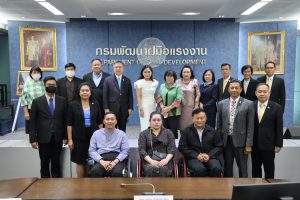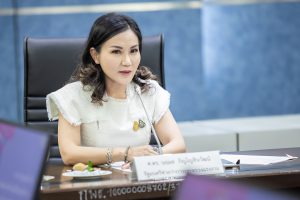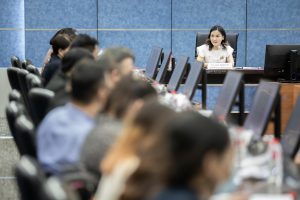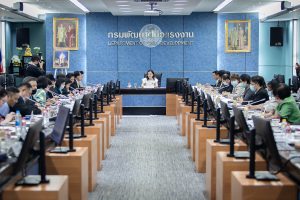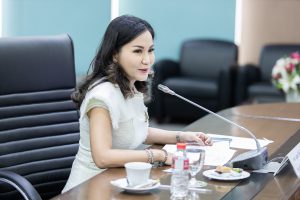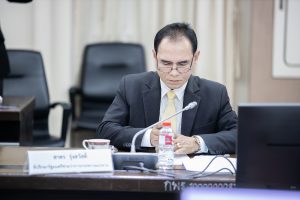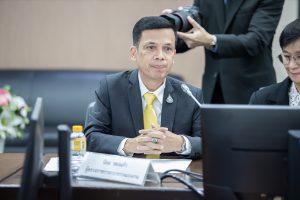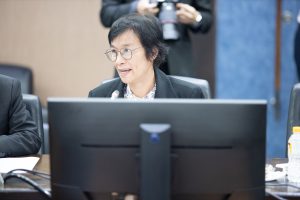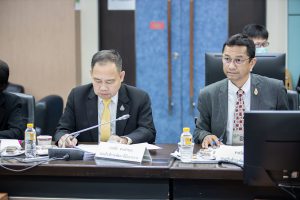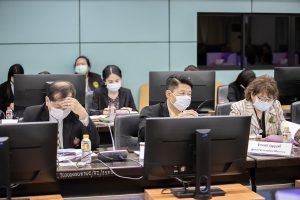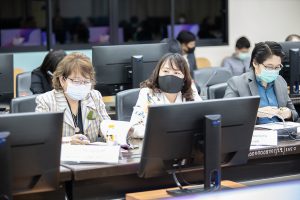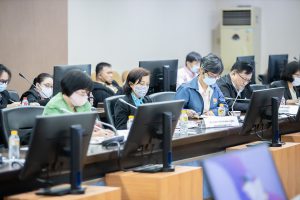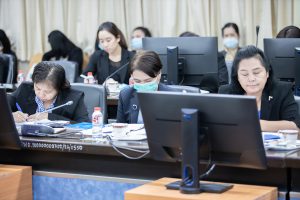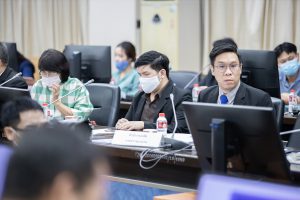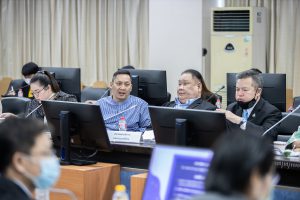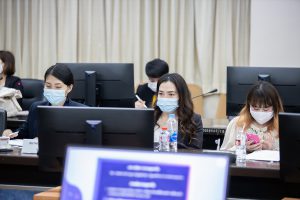On October 22, 2020, Deputy Labour Minister Prof. Narumon Pinyosinwat presided over a meeting to create a skill development plan for people with disabilities to support their occupation, with representatives from agencies involved in developing skills for the disabled. Participants included the Department of Empowerment of Persons with Disabilities, representatives of 7 types of disabilities, the Bangkok Administration Office, the Office of the Permanent Secretary of Labour, Department of Skills Development, Department of Employment and Social Security Office.
Prof. Narumon said that today’s meeting discussed three issues involving the development plan for people with disabilities, the budget allocation from the People with Disabilities Empowerment Fund in vocational training to prepare people with disabilities and their caregivers for work, and establishing a joint subcommittee among relevant departments to drive career development for the disabled. The committee will establish an action plan on skills development for the disabled, to be proposed to the National Labour Development and Vocational Training Coordinator to consider helping people with disabilities. It is one of the Ministry of Labour’s groups under the “giving” policy, to provide people with disabilities the opportunity to develop their skills to increase their career prospects, to be able to survive amid a crisis, have a job, have a sustainable income and a good quality of life, to maintain the equal dignity of human beings.
Thailand currently has over 2 million people with disabilities. In Bangkok, there are 94,00 people (4.6%) and 1.96 million in other provinces (95.4%), of which 850,000 people are of working age. There are 112,000 people (42%) in agriculture, 69,000 people (26%) as contractors, 19,000 people (7%) who are self-employed, 11,000 people (4%) employed in private organizations and 3,000 people (1%) employed in public government or state-owned enterprises.
From data of the 850,000 working-age people with disabilities, 377,000 people (44.2%) had physical limitations, 120,000 people (14.1%) had mental or behavioural difficulties, 106,000 people (12.4%) were intellectually challenged, 103,000 people (12.1%) had a hearing or interpretive difficulties, 71,000 people (8.42%) had double disabilities and 56,000 people (6.6%) visually impaired.
Also, it found that persons with disabilities who were promoted under the People with Disabilities Empowerment Act B.E. 2550 and its amendments (No. 2), B.E. 2556, Section 33, 34, and 35, had only 66,932 persons or 8 percent of people with disabilities in the working age. The rest, with over 770,000 people, or 92 percent, were not supported under the People with Disabilities Empowerment Act (data from the Department of Employment of Persons with Disabilities, October 2020).
—————————————————————–
Division of Public Relations
22 October 2020






